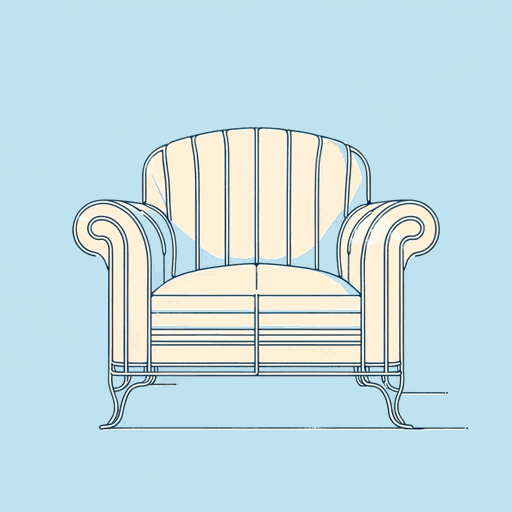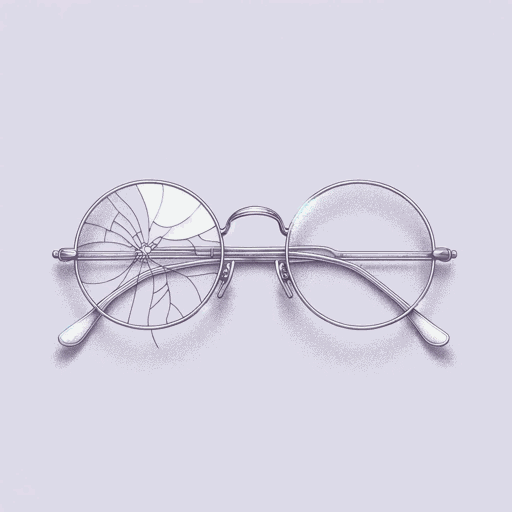39 pages • 1 hour read
Sigmund FreudThree Essays on the Theory of Sexuality
Nonfiction | Book | Adult | Published in 1905A modern alternative to SparkNotes and CliffsNotes, SuperSummary offers high-quality Study Guides with detailed chapter summaries and analysis of major themes, characters, and more.
Key Figures
Sigmund Freud
Sigmund Freud was born in 1856 in Freiberg, which was then part of Austria. He studied medicine at the University of Vienna, afterward specializing in neuropathology. He married Martha Bernays in 1886, and the couple went on to have six children together.
In 1885, Freud became interested in the use of hypnosis for the treatment of mental disorders. However, after further investigation, he decided that hypnosis was not necessary for psychoanalytical treatment. Freud set up a private practice in 1886, and he began collaborating at this time with Josef Breuer, a fellow pioneer in the field of psychoanalysis. Their patients were mostly women suffering from nervous disorders like anorexia, neurasthenia (numbness), unexplained paralysis and fatigue, and so on. Freud developed a “talking cure” that was helpful in relieving his patients’ symptoms and, with Breuer, coauthored a book called Studies on Hysteria (1895). Freud postulated a relationship between repressed disturbing memories or thoughts and the emergence of neurotic symptoms. Psychoanalysis sought to discover the repressed material and bring it to the patient’s consciousness for processing.
In 1900, Freud published The Interpretation of Dreams. This work, elaborating Freud’s theory of the unconscious, is a cornerstone in the edifice of psychoanalysis.
Related Titles
By Sigmund Freud

Civilization And Its Discontents
Sigmund Freud

Moses and Monotheism
Sigmund Freud

On Dreams
Sigmund Freud

The Freud Reader
Sigmund Freud

The Future of an Illusion
Sigmund Freud

The Interpretation of Dreams
Sigmund Freud

The Uncanny
Sigmund Freud

